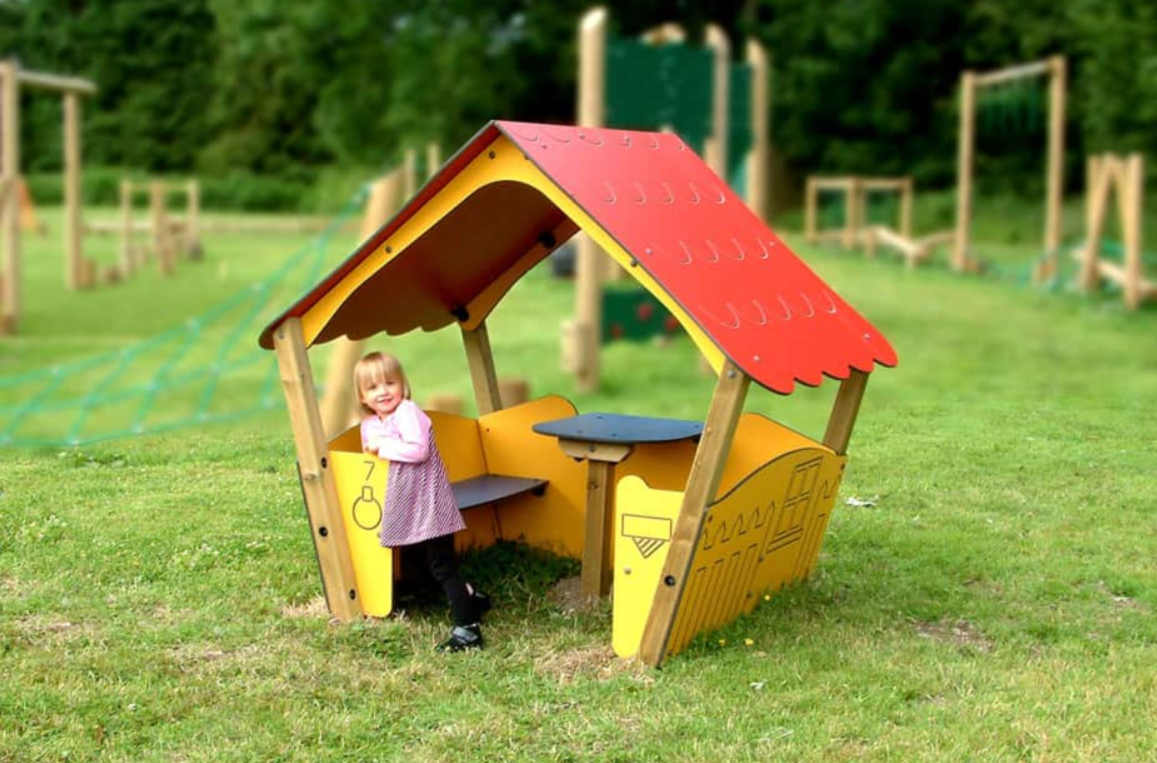The ability to imagine and create imaginary worlds is crucial to children’s cognitive, emotional, and social development, and playgrounds have a place that, beyond providing a physical space for physical activity, they are also places where children can develop their imagination in addition to playing, running, jumping and exploring. This article will explore the importance of imagination in children’s development and how playgrounds can foster it.
For cognitive development
Imagination is essential for children’s cognitive development because, through creativity, children can create imaginary worlds and experience situations that do not exist in the real world, allowing them to explore possibilities and creative solutions to imaginary problems that can be translated into reality, which in turn helps them develop cognitive skills such as abstract thinking, planning, and problem-solving.
Influencing emotions
Through imagination, children can explore and understand their emotions and the emotions of others. They can create imaginary characters with different emotional characteristics and experience what it would be like to feel in their place, allowing them to develop empathy and emotional understanding. Children with solid, imaginative abilities are also more likely to be creative and find innovative solutions to emotional problems, so encouraging children’s imagination can be an effective way to help them develop emotional skills and build healthier, more meaningful relationships with others.
Promotes social development
Through imagination, children can create games and imaginary worlds with other children, helping improve social skills such as cooperation, communication, and conflict resolution. In addition, imaginary play can help children develop their identity and self-esteem by allowing them to explore different roles and develop their personalities.
Role of playgrounds
Playgrounds are ideal places to foster children’s imagination as they have different equipment that can stimulate children’s imagination, for example, themed playgrounds (ocean theme, animals theme, etc.), playhouses, countertops, and other elements that allow children to unleash their imagination as they encourage unstructured play. These elements can help children create imaginary worlds and experience different roles in their imaginary play. Also, sand tables and water tables stimulate children’s imagination by experimenting with different textures and materials. They can also help children develop fine and gross motor skills while playing.
Encourage imagination anywhere
It is important to note that imagination can also be fostered at home and in other settings outside of playgrounds. Parents and caregivers can encourage children’s imaginations through reading stories, drawing and painting, role-playing, and exploring nature. However, playgrounds offer a vibrant environment for fostering children’s imaginations through imaginative play and themed and group play areas, providing a unique opportunity to explore and develop essential cognitive, emotional, and social skills.
What did you think of this topic? How else do you think imagination helps children?
If you are interested in playhouses (for playgrounds), contact us or write your question below (comments section).
